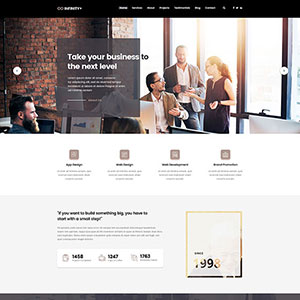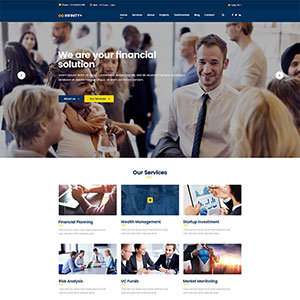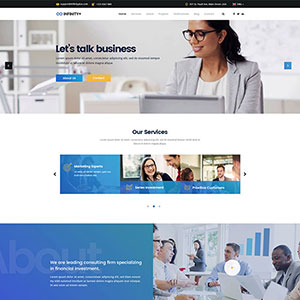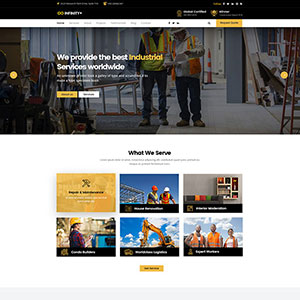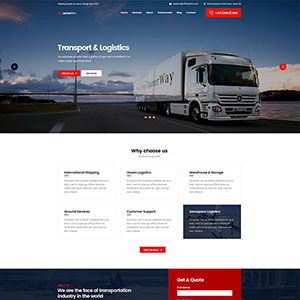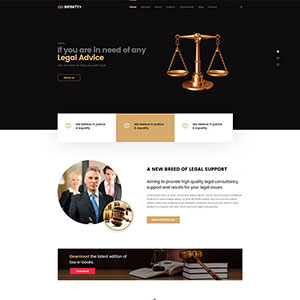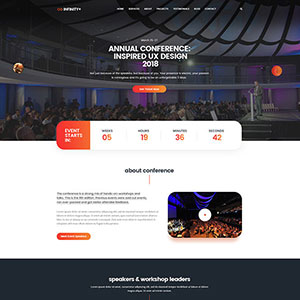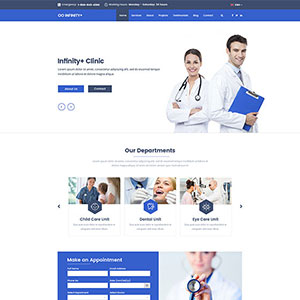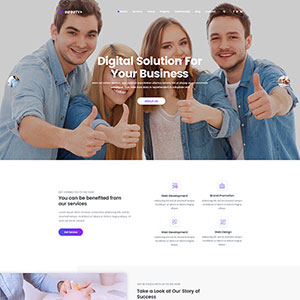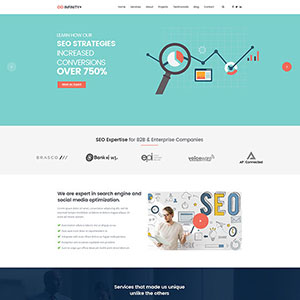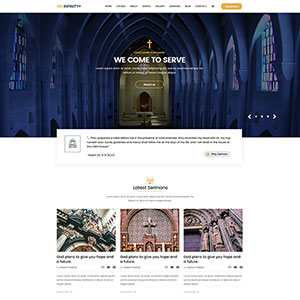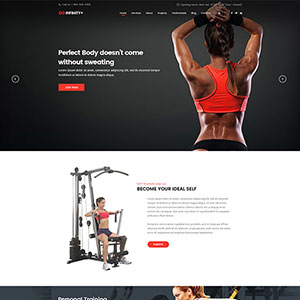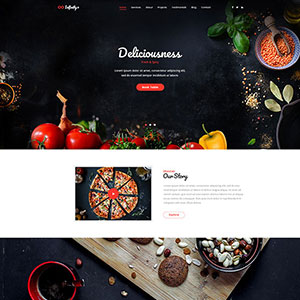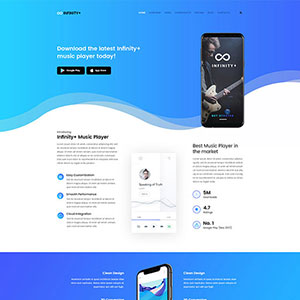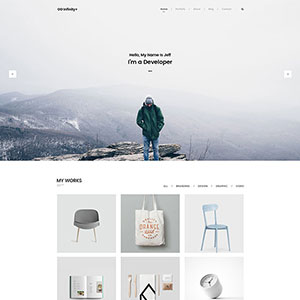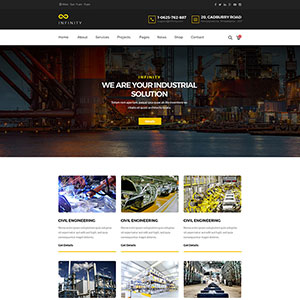
The subject of rising freight transportation costs has come up on the earnings calls and quarterly reports of almost every publicly traded manufacturer and retailer in 2018. This has been a very challenging year as many transportation expense budgets were shattered by a host of variables including a driver shortage, the ELD mandate and a surging economy.
The financial impact of rapidly rising freight costs caught large numbers of CEOs and CFOs by surprise. Many companies were unprepared for the capacity challenges and financial impacts that took place. Freight transportation expenses are typically in the range of 1 to 5% of sales. This changed in 2018. Suddenly the team that oversees these expenses, and the processes they manage, came under more scrutiny than ever before.
Economists are predicting solid economic growth in 2019 but not quite at the pace of 2018. What can CEOs do to protect their supply chains, the service to their customers, and their profits from further freight cost shock treatments in 2019? Here is a checklist to consider.
1. Eliminate Inefficient and Wasteful Practices
It is human nature to perform certain tasks the same way year after year. From a freight transportation perspective, these habits can take the form of shipping goods in less than optimal sizes (i.e. small package instead of LTL, LTL instead of partial or full truckloads etc.), moving goods on non-service days and other inefficient practices. In this year of tight capacity, much has been written about becoming a “Shipper of Choice (https://www.dantranscon.com/index.php/blog/entry/time-to-become-a-shipper-of-choice ).” Since securing carrier capacity has become somewhat of a beauty contest, shippers must strive to become as carrier friendly as possible.
2. Improve Team Integration and Communication
Despite the efforts of many business leaders to break down barriers and improve teamwork within their organizations, customer demands and key indicators can foster silos and bad business practices. Even in a year of tight capacity, sales people may promise service intervals to customers that drive up costs. Manufacturing may structure their production processes to optimize machine utilization at the expense of transportation efficiency. Good leaders facilitate communication and understanding within their organizations. Creating an environment of communication and understanding can play a big part in controlling freight costs.
3. Upgrade Leadership and Management Skills
The past year has been a busy one for recruiters. Leaders of some companies realized that their transportation leaders did not have the creativity, or the necessary skill sets, to deal effectively with the challenges they faced. We have observed repeatedly in our consulting practice that many shippers get in the habit of working with a small number of core carriers. When they go to market, they tend to utilize the same modes and approach the same carriers year after year. CEOs across North America need to carefully evaluate their transportation team across an array of variables and determine if and where changes are required.
4. Educate your Transportation team
My colleagues and I will visit shippers and find that many of them do not take courses in new practices in freight transportation and supply chain design or attend industry conferences. The world of freight transportation is changing rapidly. Ecommerce, Artificial Intelligence, Blockchain, Electric and Autonomous Vehicles are just some of the technologies shaping the industry today. If your team is not receiving briefings on these new developments, chances are they are falling behind. This may limit your company’s ability to withstand other shocks to the supply chain in the future.
5. Collaborate with Carriers
Freight carriers and logistics companies are key business partners. During this period of tight capacity, that may last for several years, it is more important than ever for CEOs and their subordinates to maintain good communication with all levels within their carrier organizations. We encourage shippers to conduct honest, open meetings with their carriers to reduce hurdles and improve service. Keep an open mind and test out strategies that have the potential to improve capacity and reduce costs.
6. Collaborate with Customers
Similarly, speak with your customers about shipment sizes, service intervals and other issues and set targets and action plans to improve efficiencies and reduce costs.
7. Consider other Transportation Options
Challenge your transportation team to look at new options. Does your company need its private fleet? Would it make sense to outsource this to a dedicated route service provider? Should your company consider consolidating factories, pooling shipments in certain locations, or other changes that might reduce costs? Is it time to bring in an independent third party to analyze potential cost saving measures?
8. Stay Connected to your Supply Chain
How knowledgeable are you in the strategies, tactics and action plans of your Supply Chain and Transportation team? Have you asked them for a briefing on what they plan to do to control freight costs in 2019? Does the plan make sense to you?
9. Invest in Technology
There are various cost-effective technologies (i.e. Transportation Management System) that are saving many shippers money on freight costs. Have you explored the capabilities and cost/benefits of these technology-based services?
10. Craft a Freight Transportation Expense Management Plan
Craft a plan; create and measure the financial impact of every freight transportation decision. If you measure what you manage, you will have visibility into the financial impacts of your action plans.
The past year has been a wake-up call for many shippers. CEOs need to act to minimize the impacts of further freight cost increases in 2019.
To stay up to date on Best Practices in Freight Management, follow me on Twitter @DanGoodwill, join the Freight Management Best Practices group on LinkedIn and subscribe to Dan’s Transportation Newspaper (http://paper.li/DanGoodwill/1342211466).


